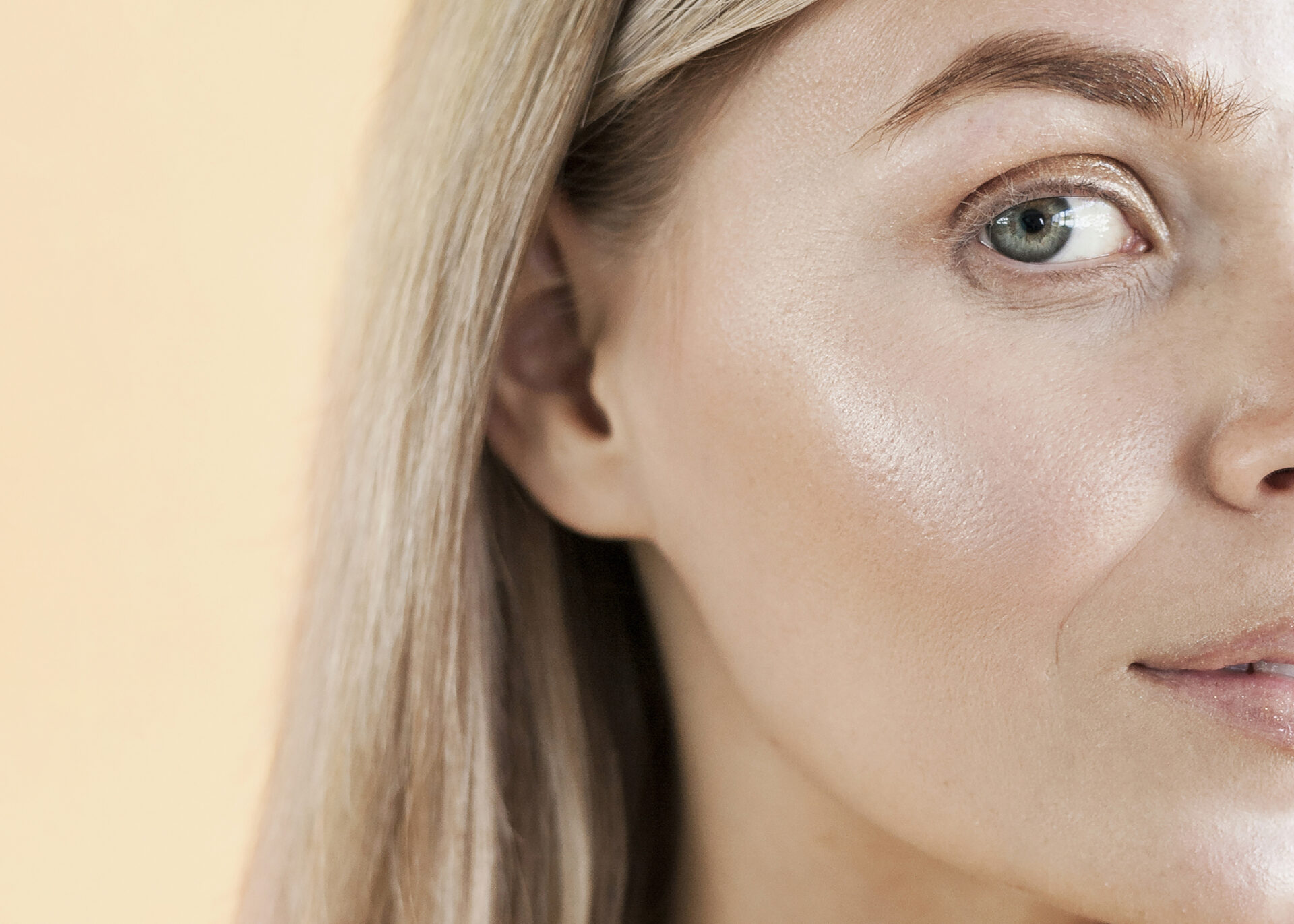Table of Contents
ToggleSkin Flooding: The Secret to Ultra-Hydrated Skin
As winter season approaches, dry and dehydrated skin becomes a common struggle and this is where skin flooding comes to rescue. It is a trending skincare technique which focuses on deep hydration by layering multiple lightweight hydrating and moisture rich products. Heavy cream based formulas ae not used for this, instead light weight layers are used creating a dewy and healthy look. This technique is best or those with dry or combination skin and it works well in winters and in low humidity climatic regions.
What is Skin Flooding?
Skin flooding method involves layering several light weight hydrating products to achieve deep and long lasting hydration. This technique ensures that moisture is penetrated in every layer and skin does not feel greasy. Such products are used that absorbs quickly, like serums, essence, gels, etc. This technique retains moisture in the skin, makes it soft and doesn’t clog pores.
Benefits of Skin Flooding
- Deep Hydration: Using multiple layers of hydrating products penetrates the skin more effectively than single layer product.
- Improved Skin Barrier: With continuous use of this technique, skin barrier gets strong, with reduced sensitivity and improved moisture.
- Healthy Glow: Plumped, hydrated skin naturally looks more radiant, smooth and glowy.
- Customizable: This technique can be adjusted by the types of products used in the routine according to your skin needs.
Step-by-Step Guide to Skin Flooding
Here’s a simple, step-by-step guide to help you get started with skin flooding for ultra-hydrated skin:
Start with a Gentle Cleanser
- Cleanse your skin with a gentle, hydrating cleanser to remove dirt and impurities without stripping the natural moisture from the skin.
- Product Recommendation: CeraVe Hydrating Facial Cleanser – This cleanser is packed with ceramides and hyaluronic acid to maintain the skin’s moisture balance. [Read More]
Use a Hydrating Toner or Essence
- After cleansing, apply a toner or essence that contains hydrating ingredients like hyaluronic acid or glycerin. With this step, layering process begins with a quick-absorbing moisture boost.
- Product Recommendation: Cosrx Hydrium Watery Toner – A refreshing, hydrating toner with vitamin B5 and hyaluronic acid. [Read More]
Apply a Hyaluronic Acid Serum
- Hyaluronic acid is the main ingredient in skin flooding as it attracts moisture to the skin. Gently press a layer of hyaluronic acid serum onto slightly damp skin to maximize absorption.
- Product Recommendation: The Ordinary Hyaluronic Acid 2% + B5 – Affordable and effective, this serum layers beautifully for deep hydration. [Read More]
Add a Layer of Lightweight Moisturizer
- Follow up with a lightweight, water-based moisturizer to seal in the previous layers of hydration and add extra moisture to your skin.
- Product Recommendation: Neutrogena Hydro Boost Water Gel – A gel-based moisturizer with hyaluronic acid, perfect for layering without feeling heavy. [Read More]
Seal with a Moisture-Locking Cream or Oil (Optional)
- For dry skin types, an extra layer of hydration can be achieved by sealing everything in with a light moisturizer or a few drops of facial oil. This locks in all the previous layers, helping the skin stay hydrated longer. [Read More]
- Product Recommendation: La Roche-Posay Toleriane Double Repair Face Moisturizer – A non-greasy moisturizer with ceramides to strengthen the skin barrier.
Finish with SPF (Morning Only)
- In the morning, finish with a broad-spectrum SPF to protect your skin and keep it hydrated throughout the day.
- Product Recommendation: Supergoop! Unseen Sunscreen SPF 40 – Lightweight, hydrating, and non-greasy, perfect for layering over multiple skincare products.
Key Ingredients to Look For in Skin Flooding
When choosing products for skin flooding, go for lightweight, hydrating ingredients that are absorbed quickly and won’t clog pores. Some of the best ingredients for this technique include:
- Hyaluronic Acid: Known for its ability to hold up to 1,000 times its weight in water, hyaluronic acid is a hydration powerhouse.
- Glycerin: Another humectant that draws water into the skin, glycerin is effective yet gentle, making it suitable for all skin types.
- Aloe Vera: Naturally soothing and hydrating, aloe vera is a great addition for those with sensitive or acne-prone skin.
- Ceramides: Help repair and protect the skin barrier, ensuring moisture stays locked in.
- Panthenol (Vitamin B5): Known for its ability to bind and hold water, panthenol supports skin softness and smoothness.
Tips for Successful Skin Flooding
- Apply to Damp Skin: Moisture-binding ingredients like hyaluronic acid work best when applied to slightly damp skin.
- Avoid Heavy Products: Heavy creams or oils can interfere with the layering process, making skin feel greasy. Stick to lightweight, gel-based products.
- Adjust According to Your Skin Type: If you have oily or acne-prone skin, you may want to skip the final sealing step with oil or cream, as the layering of lighter products will be enough.
Who Should Try Skin Flooding?
Skin flooding is particularly beneficial for:
- Dry Skin: Helps replenish lost moisture and maintain a healthy skin barrier.
- Combination Skin: Provides hydration without causing excess oil, perfect for balancing different areas of the face.
- Sensitive Skin: Hydrating and non-irritating, skin flooding is gentle and can soothe irritation.
- Aging Skin: Keeps the skin plump and reduces the appearance of fine lines by maintaining hydration.
Final Thoughts on Skin Flooding
Skin flooding is an effective way to keep your skin hydrated and radiant, especially in dry climates or during the winter. By layering lightweight, hydrating products, you can achieve a dewy, plump look without the need for heavy creams. This method is a skincare routine game-changer that can be tailored for different skin types, making it accessible and effective for many.
So, if your skin is feeling parched, give skin flooding a try, and watch your skin transform from dry to glowing in just a few steps!
For visiting home page – CLICK HERE




